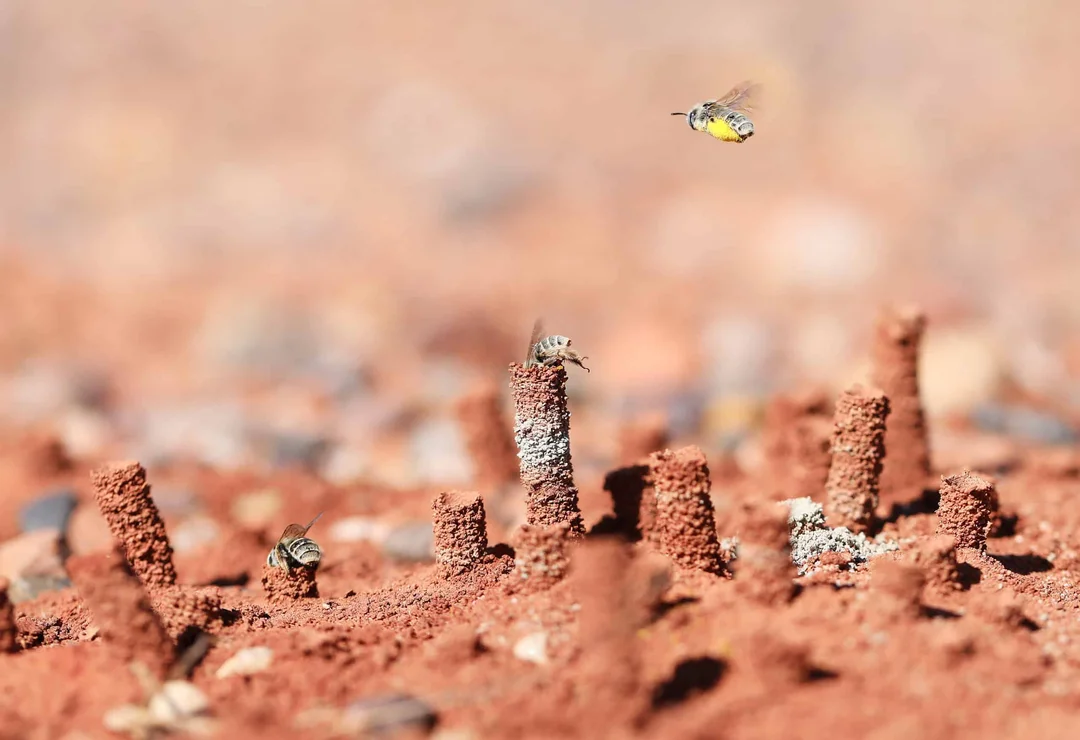
Utah’s Hidden Treasure: The Remarkable Diversity of Bee Species
Utah, often affectionately referred to as the "Beehive State," has recently made headlines for its burgeoning diversity of bee species. Researchers from The Wildlife Society have uncovered a staggering 1,167 species of bees thriving across the state, a significant finding that underscores the ecological importance of these pollinators.
The study, spearheaded by a dedicated team utilizing online records from the Symbiota Collection of Arthropods Network and specimen records curated by the USDA-ARS Pollinating Insect Research Unit, serves a dual purpose. Firstly, it provides a comprehensive checklist that illustrates not only the variety of bees but also their distributions. This is critical for conservation efforts, as the protection of bee populations directly relates to our food systems and ecosystems at large.

According to Anthony Hunsaker, an undergraduate researcher and one of the authors behind this groundbreaking study, “Our checklist helps scientists and managers understand bee distributions, which are essential to protecting these vital pollinators.” This statement emphasizes the urgency of documentation in the face of environmental threats, especially as ecosystems are increasingly disturbed by invasive species.
The implications of this research extend beyond academic interest. As bee populations continue to dwindle worldwide due to habitat loss, climate change, and pesticides, understanding local populations in specific regions becomes increasingly vital. Hunsaker's insights remind us of the importance of bees as not merely insects, but as vital components of our food sources and natural landscapes. As managers look to implement conservation strategies, having a well-documented baseline of species can significantly influence the efficacy of these efforts.
As we digest these findings, we should ask ourselves: How can we contribute to the preservation of bee populations in our local environments? Engaging in community awareness programs, supporting local agriculture, and creating bee-friendly gardens are all actionable steps we can take. The fate of these incredible pollinators lies in our hands, and Utah's rich bee diversity may serve as a beacon of hope and a model for conservation efforts worldwide.
Let's celebrate the buzz of bees in Utah and beyond. What are your thoughts on this fascinating study? How do you think we can better protect these essential creatures? Share your insights in the comments below!